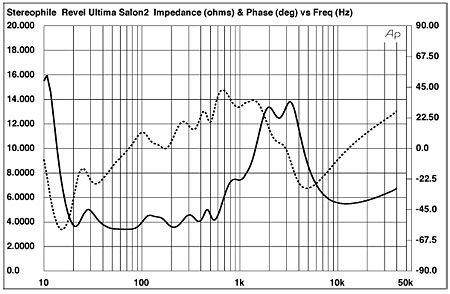When you're dealing with heavy speaker wire, the resistances involved are very low, and this leads to several issues when attempting both to measure them and to evaluate the differences.
For example, the differences noted in that table of measurements, which could be due to non-standard diameter, or even differences in alloy, would probably be insiginficant over normal distances.
However, with resistance values that low, the quality of the contact at either end becomes very important.
And this, in turn, reflects both on how you use the product, and how you test it.
For example, if you're purchasing made-up wires with ends, like spade lugs or banana plugs on them......
- If you're using the sort of banana plugs where you screw down a collet, or use set screws, how tight you make those screws will alter the contact resistance, sometimes quite a bit, and may have a major effect on the total resistance.
- But, if the ends are soldered, then the resistance should be quite consistent, and quite low.
- And crimped connections can vary a lot depending on how they're crimped (hand crimp, machine pressure crimp, or ultrasonic weld/crimp).
(With hand crimps, you should always test multiple samples, preferably from multiple lots, because there may be considerable variation between individual cables).
There may also be issues with surface oxidation.....
A wire that tarnishes quickly due to being a poorer alloy is more likely to build up a higher resistance between the wire and the termination over time.
(So, if your wire is really bad, it makes sense to cut off the end, and re-strip it, every few years.)
I would also note that the DC resistance of most typical loudspeakers is usually in the range of a few ohms (often about half of the speaker's rated impedance - which is an AC measurement).
In order to avoid affecting damping, you want the resistance of the speaker cable, and the connections, to "not significantly increase the overall impedance"......
So, for a 4 Ohm speaker, with a 2 Ohm DC resistance, you would want your speaker cable to have a resistance one or two orders of magnitude LESS than that to avoid any possibility of significant interactions.
Anything past that is unlikely to make an audible difference.
Another thing to note is that there are two issues here:
1) power losses and lowered damping due to the resistance of the speaker wire
2) changes in frequency response due to an interaction between the impedance of the speaker and the resistance of the speaker wire
The power losses and differences in damping depend almost solely on the resistance of the wire....
Alterations in frequency response depend both on the resistance of the wire, and on the complex impedance of the speaker....
Therefore the latter depend heavily on the electrical characteristics of the particular speaker you're using (a speaker with a relatively even impedance will be less affected).


























 Nothing remotely close to care I put in my measurements.
Nothing remotely close to care I put in my measurements.


